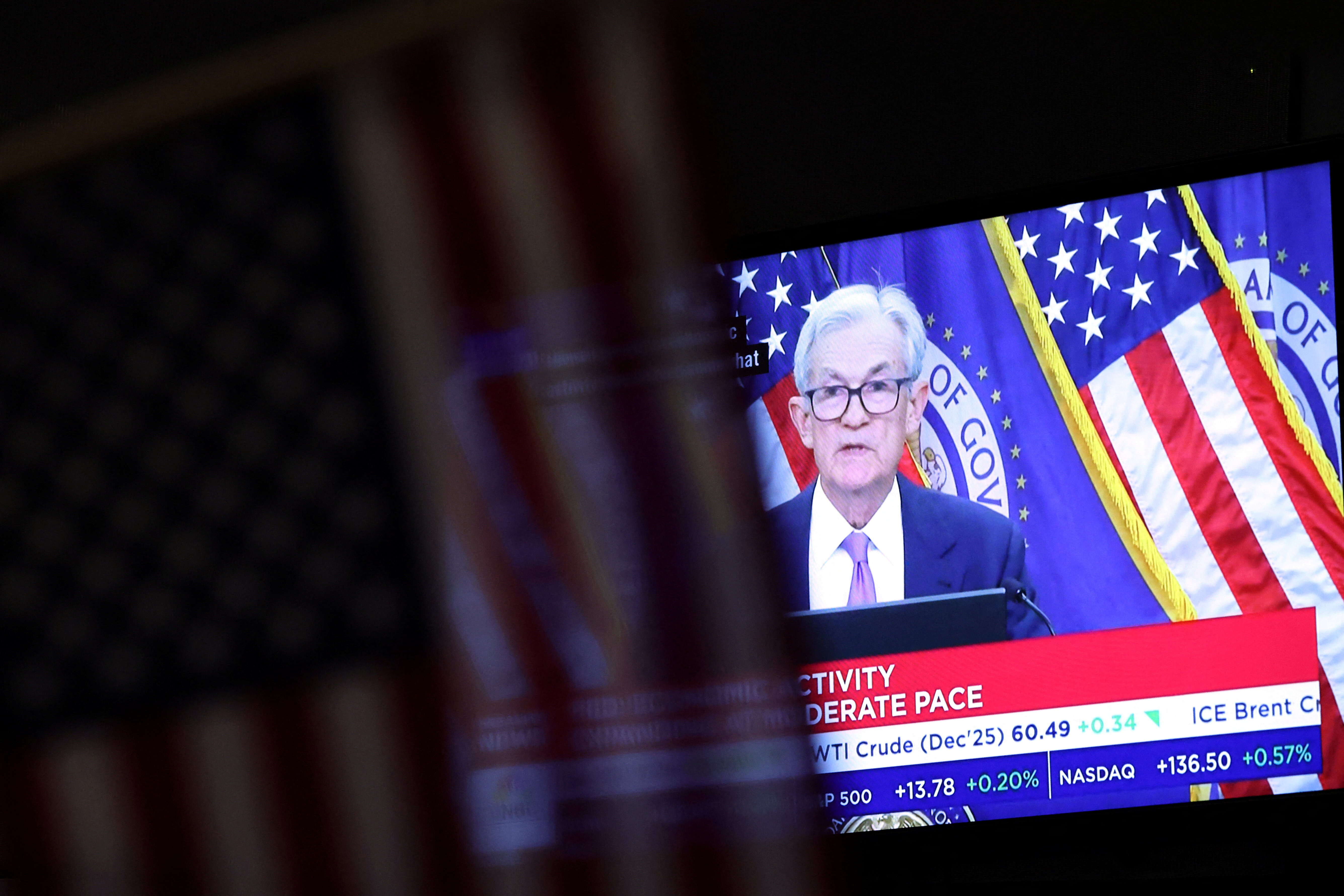As wages in the US continue to rise, what's the state of the economy?

Wages jumped by 5.7% on a yearly basis in the second quarter, compared to 5% in the first quarter in the US private sector.
Image: Unsplash/Giorgio Trovato
Stay up to date:
United States
- In the US, private sector wages and salaries have jumped 5.7%, even though the US economy is slowing down.
- But, adjusted for inflation, wages actually fell by 3.1% over the same period.
- Higher wages have implications for policymakers as they look to tackle rising inflation in the United States.
Prices keep going up and the US economy is slowing down, but workers are still seeing their wages rise.
Private sector wages and salaries jumped by 5.7% on a yearly basis in the second quarter, compared to 5% in the first quarter, according to employment cost data released by the US Bureau of Labor Statistics Friday.
The continued rise in wages signals that employers are still struggling to hire workers. Overall, the job market is holding strong even as business investment drops off. For now, that should bolster the economy.
That may be little comfort for workers—and for policymakers at the US Federal Reserve. Adjusted for inflation, wages dropped by 3.1% in the past year, meaning workers can buy less with their paychecks. At the Fed, officials are likely to see Friday’s data through the eyes of employers, which are now paying more for labor.
It was a rise in the employment cost index in the third quarter of 2021 that triggered the Fed’s current cycle of interest rate hikes. Higher wages will continue to put pressure on the central bank to continue on the same path.

A better measure of wages
Economists say the employment cost index is a more accurate indicator of where wages are headed than the jobs report’s hourly earnings data, which is released once a month instead of quarterly. Unlike hourly earnings, which have stagnated in recent months, the latest employment cost data show that private-sector wage growth is accelerating.
The biggest wage increases were in sales, finance, and retail trade. One industry that cooled off somewhat was leisure and hospitality. On a quarterly basis, wages only moved up by 1.7% for this sector in the second quarter versus 1.9% in the first.
But the strong wage growth data comes as the labor market slows down. For the three months ending in June, there were about 375,000 jobs added on average each month, down from 523,000 in the prior period.
Inflation remains unabated
Meanwhile, the Fed’s preferred inflation measure, the personal consumption expenditures price index or PCE, jumped by 6.9% on the year in June.
Higher wages and disposable income are helping Americans outpace rapidly rising prices—barely. Adjusted for inflation, consumer spending rose by 0.1% on the month in June, more than economists expected.
How is the World Economic Forum promoting equity in the workplace?
Accept our marketing cookies to access this content.
These cookies are currently disabled in your browser.
Don't miss any update on this topic
Create a free account and access your personalized content collection with our latest publications and analyses.
License and Republishing
World Economic Forum articles may be republished in accordance with the Creative Commons Attribution-NonCommercial-NoDerivatives 4.0 International Public License, and in accordance with our Terms of Use.
The views expressed in this article are those of the author alone and not the World Economic Forum.
Forum Stories newsletter
Bringing you weekly curated insights and analysis on the global issues that matter.
More on Financial and Monetary SystemsSee all
Jaime Magyera
November 13, 2025
Julie Iskow and Kim Huffman
November 11, 2025
Daniel Tannebaum and Seth Borden
November 11, 2025
Pedro Leitao
November 5, 2025
Aimée Dushime
November 4, 2025
Rebecca Geldard
October 31, 2025





